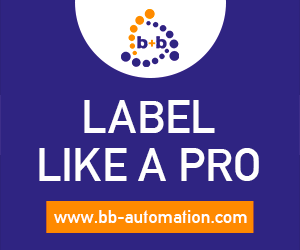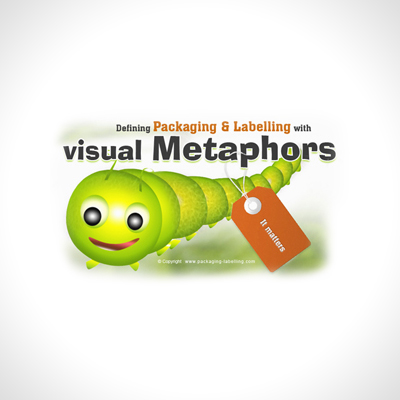Articles
Top 5 Advantages of Automation in the Food Industry
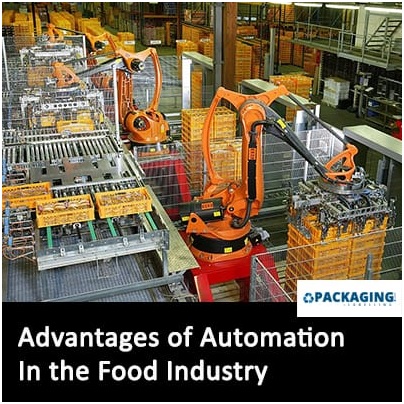
With the invention of new products further promising substantial growth, the food and beverage manufacturing industry have witnessed significant growth in the past few decades. The ever-increasing population also compels the food manufacturing companies to keep up with the growing demands from the customers. Hence, automation has become an important part of the food industry to meet the requirements of the increasing demand of the food industry. By bringing in efficiency and consistency in the product, the adoption of automated systems has changed the food manufacturing industry. The quick advancements in IoT and strong prospects of consumers and governing agencies for improved food quality and safety have enforced the food industry to implement automation of most industrial processes. Besides, the increasing demand for advanced and processed packaged foods and the increasing food safety regulations have considerably surged the demand for automation in the food industry. Automation has simplified the food packaging process for different applications including palletizing and depalletizing, packaging and repacking, pick and place, grading and sorting, processing, logistics, etc. Automating food production can garner many benefits.
| Also Read:The Power of Automation in Packaging: Revolutionizing Efficiency and Precision |
A) Better Quality Control
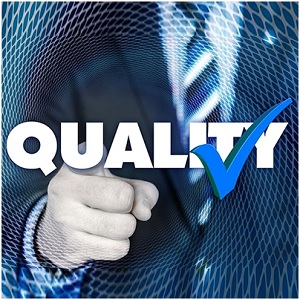
An overarching concern that remains for both food producers and consumers is the quality. And as you all know, quality is of incredible importance in the food industry and you don’t want contaminated or faulty foods entering the market as it can be detrimental. When packaging and processing are automated, defects can be noticed and isolated more easily. This helps to ensure defective products do not enter the marketplace and underlying manufacturing errors are corrected. There are so many workers, involved processes, and touchpoints along the food and beverage supply chain that it can be difficult to not only keep track of food but also to monitor its quality. Food must always remain safe and traceable, and it’s tough to guarantee a system that has so many mechanisms. However, automation can change that completely. The defects and issues can be noticed much earlier in the supply chain with the appropriate systems. You can cut down on the total number of problematic goods that enter the market by detecting problems during processing or packaging. Besides, you can precisely identify when and where those problems are coming from and tackle the issue for an improvised performance in the future. If you face any issues along your supply chain, automation will help you deal with it. By deploying the appropriate cooling and air compressor systems, eliminating contamination can be controlled and achieved. Understanding where this hardware must be utilized for maximum reliability is also equally important. Automation and analytics systems can be used in discerning this information by better-protecting goods and foods along the chain.
B) Improved Worker Safety
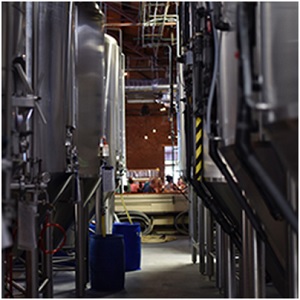
Machine vision and automation can work together to provide a more rough view of every step in food processing. One can adapt more quickly to changes in safety standards as a change in one process will not initiate unexpected consequences in other areas. To control repetitive and sometimes even dangerous tasks, AI, automation systems, and modern robotics are often used. In this way, you can save human labourers from the dangers or accidents of a particular activity or even the repetitiveness of busywork. In the long run, increased safety and protection for your workforce can also work to lessen maintenance costs and operation. It can lead to widespread and faster adoption of novel regulations and standards for your workforce at large as well. Usually, such a change might require new equipment, additional training or even better protection of your workers. In the case of automation, the existing hardware and software to be compliant can be simply updated and can save the trouble of maintaining everything else, such as updating safety gear for your workers, would no longer be required.
C) End-To-End Traceability

In many industries, traceability is a growing concern. The companies can capture better safety, quality and profitability at once when the products are traceable. Regulatory compliance costs can be cut down by food producers and by streamlining traceability they can continuously improve key processes. Modern analytics tools and automation can be deployed to track goods and products from inception to fulfillment. You can tap in anywhere along the chain to seek the information you need as the systems in question are designed to monitor and track on their own with little to no input. Modern analytics and automation can be used at your disposal to find exactly where a contaminated shipment is shipped or headed. This way you can head off a huge health problem before it even starts. This, in turn, can improve the overall performance of the supply chain and various key processes as well as alleviate compliance costs and stressors. For example, you can see how long a particular touchpoint or stop along the supply chain is taking and utilize the information provided to speed up performance. More than just watching, end-to-end traceability and all the data that comes with it are about where food comes from, where it’s handled and where it goes. The data provided can be used to build an accurate profile and predictive system for future gains.
D) Brand Protection

To maintain a good relationship with the end consumer, food producers rely upon their brand reputation. To close a business, a single product recall or disease outbreak can be enough and it can put customer’s lives into chaos. So, ultimately automation implies brand protection. For any brand, reputation is everything. As a result of safety or other issues, consumer confidence in a brand is shaken and that brand will lose valuable business to its competitors. Profit and branding are the two things that drive food companies. There will be no profit without good branding and with good branding, food companies make good profits. Keeping those profits requires brand protection. However, when it comes to brand protection from food fraud an entirely different approach is needed. In a compromised and highly competitive marketplace, like the food industry, the battle to save a brand and consumers is challenging enough, but those who are ready to adopt a more transparent methodology with the use of sophisticated real-time intelligence and innovative techniques stand to gain increased profits as they have a brand consumer’s trust.
E) Efficiency Boost
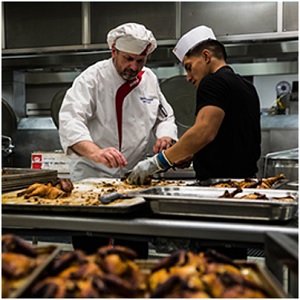
It’s no lesser fact that a machine or automation system can perform work faster and better than human labourers at least in a few cases. Unless any machine has a malfunction, it never tires and can never slack off. It doesn’t mean that modern technologies will be used to replace workers outright, but instead, they might be deployed alongside them to help them work safer, better, and faster. For instance, deploying AI and automation robots inside warehouses can improve the efficiency of the order fulfillment process. It also has the added benefit of speeding up the entire system, so customers get their items faster. Moreover, it also improves the performance and safety of the workers, effectively eliminating unsafe tasks or mechanical work.
Manufacturers can bolster food safety; provide consistent quality and unprecedented levels of traceability. All thanks to automation!






